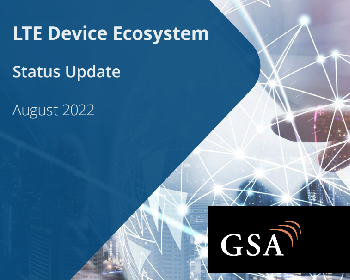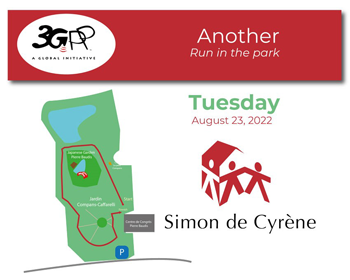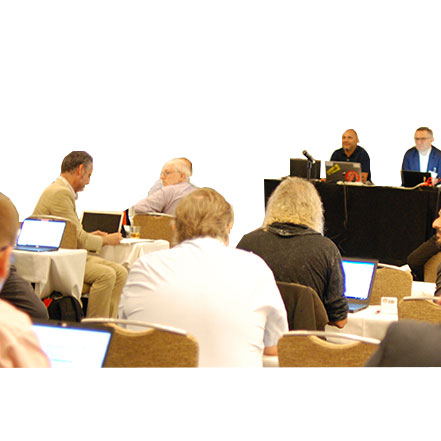IMT-2020 towards 'Beyond'
Interview with Sergio Buonomo, Chief, ITU-R Study Groups Department (Article first published in HIGHLIGHTS Issue 02, March 2021).
The ITU-R has recently published their Recommendation ITU-R M.2150 entitled: 'Detailed specifications of the radio interfaces of IMT-2020', listing the specifications that conform with its requirements for 5G operation.
We invited Sergio Buonomo to answer a few questions, intended to help the 3GPP readership to better understand how our own specifications for 5G are connected to the ITU’s IMT-2020 process.
Highlights: Could you sum up the significance of the IMT process and what it means to conform to it?
SB: The ITU-R is responsible for the Radio Regulations, with the latest set being the 2020 version, which is the essential regulatory document for the service allocation of the frequency bands (8.3 kHz - 275 GHz Range). They define the spectrum allocation for all radiocommunication services in the three ITU-R Regions, including the allocation for the mobile service. Also, there are important “footnotes” in there; defining the identification of IMT in frequency bands for specific countries.
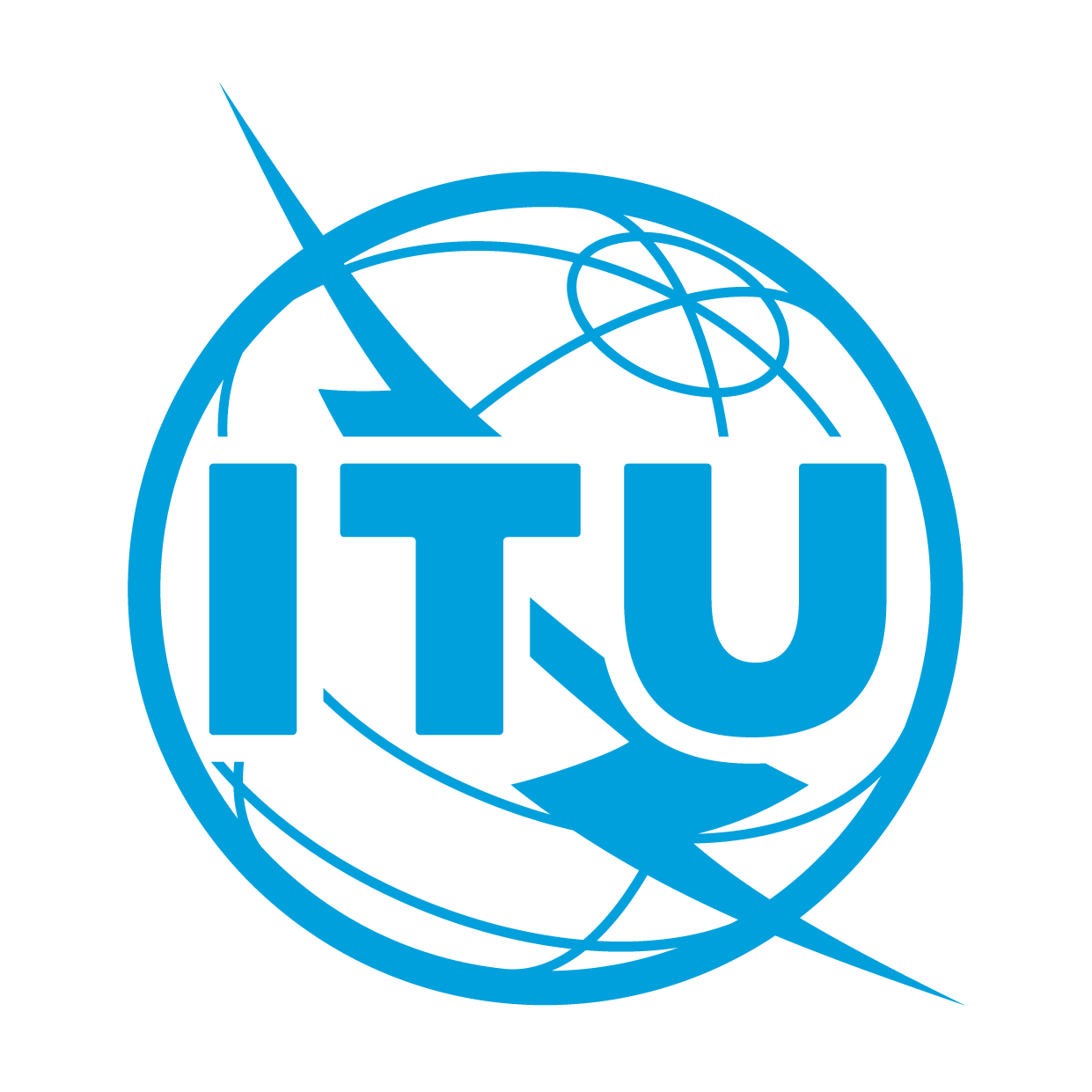 A good starting point for a better understanding of the development of International Mobile Telecommunications-2020 (IMT-2020) would be ‘Resolution ITU-R 65’ on the “Principles for the process for future development of IMT for 2020 and beyond”. It outlines the essential criteria and principles that are used in the process. The IMT track record is impressive over a number of years, with three generations of IMT technology development for “IMT-2000” (related to 3G), “IMT-Advanced” (related to 4G) and now for “IMT-2020” (related to 5G).
A good starting point for a better understanding of the development of International Mobile Telecommunications-2020 (IMT-2020) would be ‘Resolution ITU-R 65’ on the “Principles for the process for future development of IMT for 2020 and beyond”. It outlines the essential criteria and principles that are used in the process. The IMT track record is impressive over a number of years, with three generations of IMT technology development for “IMT-2000” (related to 3G), “IMT-Advanced” (related to 4G) and now for “IMT-2020” (related to 5G).
The IMT process consists of four main phases:
- “ITU-R Vision” and definitions (described in ITU-R Recommendations).
- Minimum requirements and evaluation criteria (described in ITU-R Reports).
- Invitation for proposals, evaluation, and consensus building.
- Specification, approval, and implementation (described in ITU-R Reports & Recommendation and other documents).
One of the key features of the IMT process is that it ensures a proper and neutral handling of the various radio interface technology candidates. When a specific radio interface technology (RIT), or a set of radio interface technologies (SRIT), is approved to be part of a particular IMT family (IMT-2000, IMT-Advanced, IMT-2020), the technology may be deployed in the bands identified for IMT or in bands within ITU-R Radio Regulations, under national and regional regulatory policies.
Highlights: Can you explain the separate identities of the two standards areas, the difference between 3GPP specification work and the IMT process?
SB: It should be noted that the ITU-R Recommendation and IMT-2020 standards accommodate a range of technical terrestrial radio interface solutions that have satisfied the IMT process and is not just aligned to the 3GPP technologies.
The “ITU-R Vision”, set out for each IMT process, states what is needed to be accomplished. The standardisation body must define and develop a fitting functional technology. In 3GPP’s case, the technology is described in technical specifications, which define a globally applicable industry “standard”, via your Organizational Partner’s transposition of them into accredited, regional or national standards.
Then, there follows an evaluation process for the IMT candidate technology. This is done in a collaborative process between ITU Member States, equipment manufacturers, network operators, standards development organizations (SDOs) and the academic community. This is a unique global framework, coordinated by ITU-R, for discussion and agreement on the capabilities of the new radio candidate technologies.
Highlights: How close is the ITU-R work on IMT to the ITU’s World Radiocommunication Conference (WRC) Process? Can you tell us a little about how Spectrum or band arrangements are handled?
SB: IMT dovetails with the WRC task to review and, if necessary, revise the ITU Radio Regulations. That said, the IMT process itself is independent from the WRC process, with the specification, evaluation, and approval of a radio interface technology (RIT or SRITs) all done outside of WRC. The work on any IMT family spans over several years - As an example, the process for IMT-2020 has been done over 7 years (2014-2020), during which time there have been two World Radiocommunication Conferences (WRC-15 and WRC-19).
The processes are related to each other as they both seek to ensure the efficient use of the frequency bands identified by previous WRCs for IMT. The two will certainly come together to consider decisions to be taken by WRC-23, on further spectrum identifications for IMT-2020.
Highlights: You have already started to work on the next IMT process, with evolution ‘Towards 2030 and beyond’. When will we see more on that?
SB: First, I would stress that future developments for IMT-2020 are very important. I mentioned Resolution ITU-R 65 before and in resolve 6h there is room for further evolution, allowing “an ongoing and timely process where new radio interface technology proposals may be submitted, and existing radio interface specifications can be updated”. In 2021, ITU-R will define the schedule for future revisions of the Recommendation ITU-R M.2150, to accommodate any future new, improved, or updated IMT-2020 candidate technology proposals beyond the first release.
Looking further ahead, ITU-R Working Party 5D has initiated work on future technology trends for “IMT towards 2030 and beyond”. This work could include anticipating new use cases for IMT and subsequently the identification of any gaps and in particular new technical enablers necessary in the 2030 timeframe. The Working Party has invited organisations also external to ITU-R to provide inputs for its June and October meetings in 2021, to help their work on a new Report on “Future Technology Trends towards 2030 and beyond”.
 It is fair to say that the well proven IMT process will again be applied for ‘towards 2030 and beyond’, starting with a clear “ITU-R Vision” and definition phase. ITU-R counts on the mutual cooperation with 3GPP to start the next journey.
It is fair to say that the well proven IMT process will again be applied for ‘towards 2030 and beyond’, starting with a clear “ITU-R Vision” and definition phase. ITU-R counts on the mutual cooperation with 3GPP to start the next journey.
[END]
Our thanks for this interview, to Sergio Buonomo - Chief, ITU-R Study Groups Department.
| Detailed specifications of the radio interfaces of IMT-2020 | Recommendation ITU-R M.2150 (February 2021) |
| ITU-R Working Party 5D (WP 5D) - IMT Systems – Web site. | https://www.itu.int/en/ITU-R/study-groups/rsg5/rwp5d/Pages/default.aspx |
| Resolution ITU-R 65, Principles for the process of future development of IMT for 2020 and beyond | https://www.itu.int/pub/R-RES-R.65-2015 |
| ITU-R Contact: Uwe Lowenstein, Counsellor for ITU-R Study Group 5 (SGD/SG5) | uwe.loewenstein[at]itu.int |
Further reading:
- 3GPP meets IMT-2020, November 28, 2020
Contact for this article: Kevin FLYNN, Marketing and Communications Officer, 3GPP

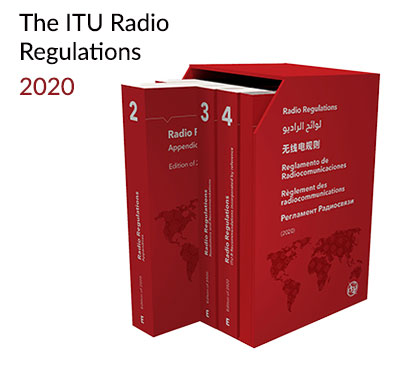
 Partners News
Partners News 